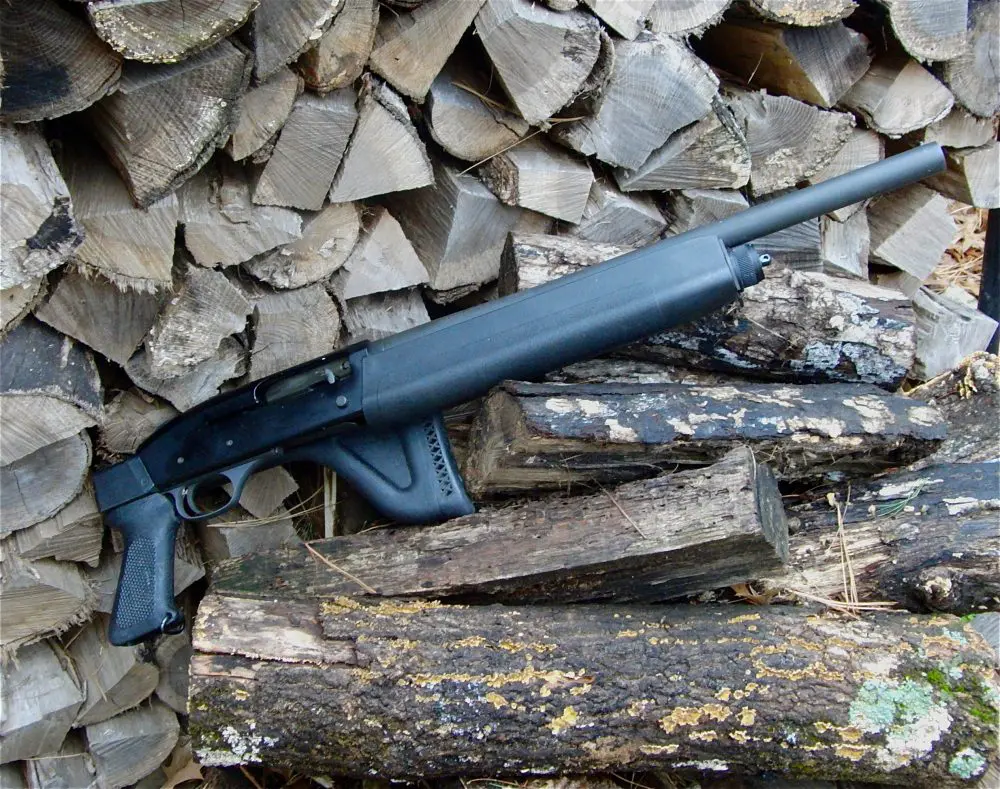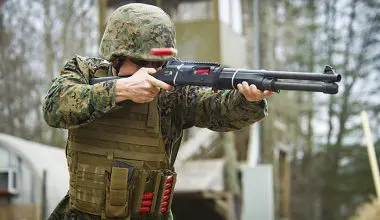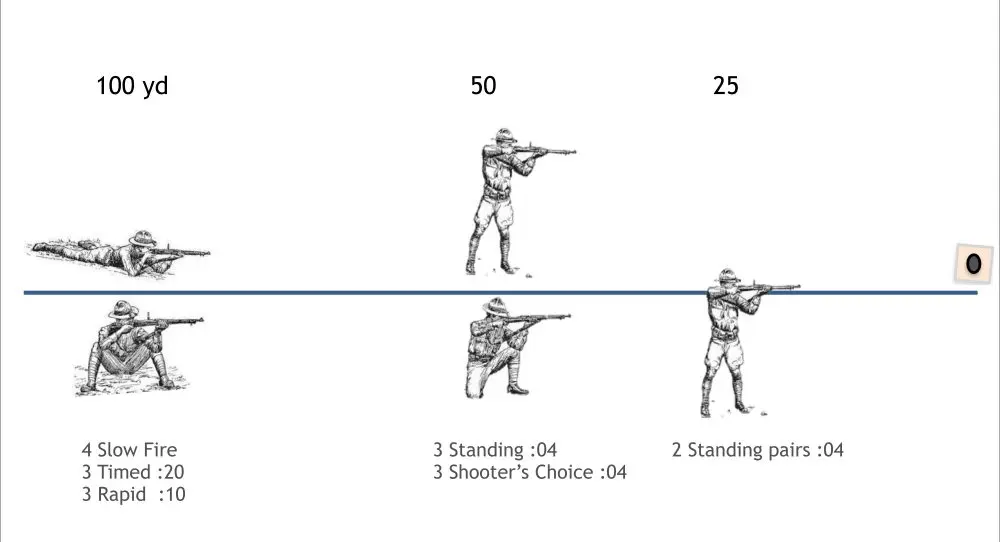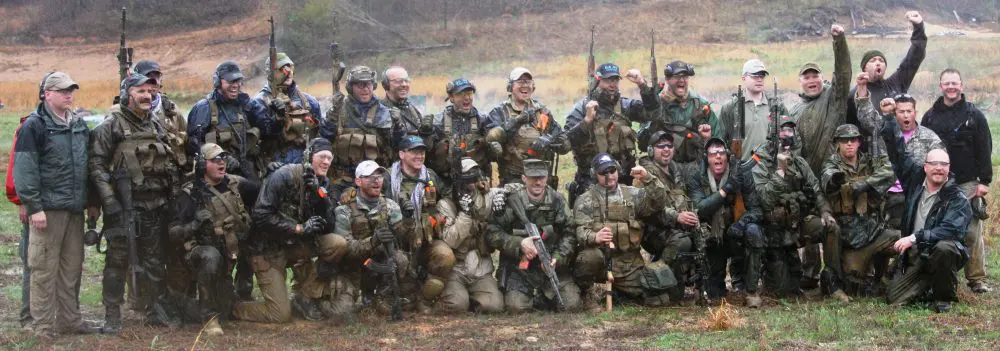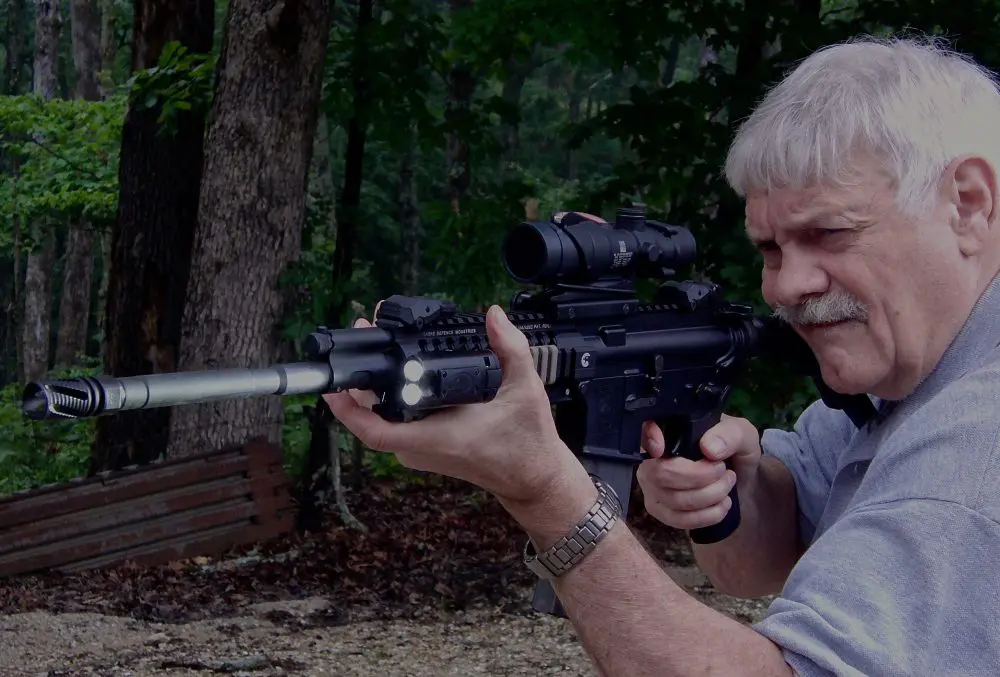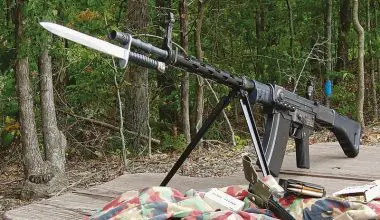The 5.45x39mm cartridge entered production in 1974 alongside the AK-74 rifle that was chambered for it.
Much of the logic that argued for the U.S. adoption of the 5.56x45mm round and the M16 applied to the Soviet adoption of the 5.45x39mm, especially the idea that lighter cartridges allowed the soldier to carry more rounds and allowed use of a lighter rifle.
Ironically, the AK-74 and the 5.45x39mm round saw their first extensive combat use in Afghanistan, where a cartridge capable of longerrange effectiveness was desirable.
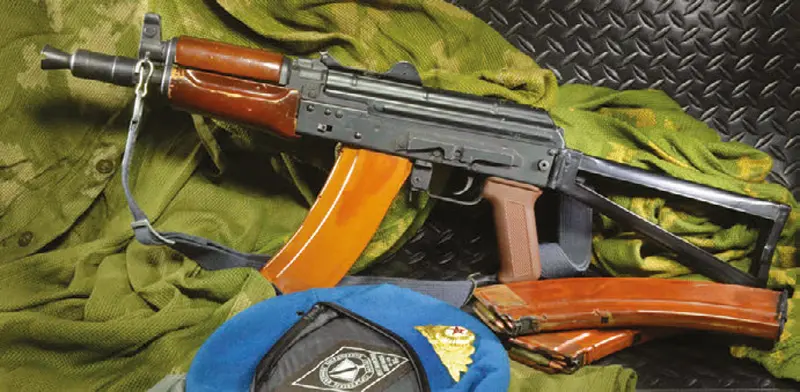
Just as U.S. troops in Afghanistan armed with the M4 or M16 firing the M855 with 62-grain bullet found the need for DMRs (Designated Marksman Rifles) chambered for 7.62x51mm NATO to give a small unit greater range, so did the Soviets find the need to issue SVD rifles in 7.62x54R to support the lighter 5.45x39mm AK74s.
At least some AK-47s in 7.62x39mm remained in use in Afghanistan as well. During the early years of Soviet use of the 5.45x39mm round, U.S. intelligence agencies were anxious to obtain samples of it and the AK-74 rifle to evaluate their effectiveness.
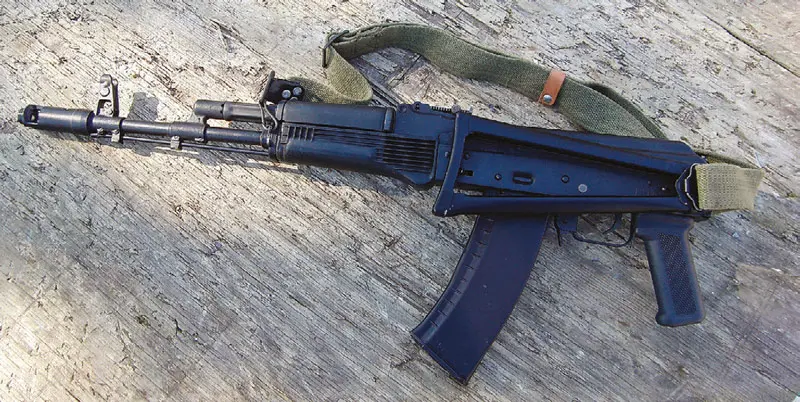
The Russian invasion of Afghanistan gave them that opportunity, as the mujahideen supplied captured Soviet equipment to U.S. sources. Many U.S. shooters may have read about the 5.45x39mm cartridge, but other than some ordnance intelligence or special operations personnel, most had never encountered it.
I had a chance to do quite a bit of shooting with 5.45x39mm caliber weapons earlier than most. I was in Brussels in 1989, before the dissolution of the Soviet Union but when the Cold War had begun to thaw.
A former KGB 9th Directorate bodyguard was working for a Soviet arms dealer looking for clients outside the Soviet Union … at least that was the story. He was in Belgium, always a center of the arms industry, to demonstrate products, while I was there to assist with training an EEC-affiliated protective team.
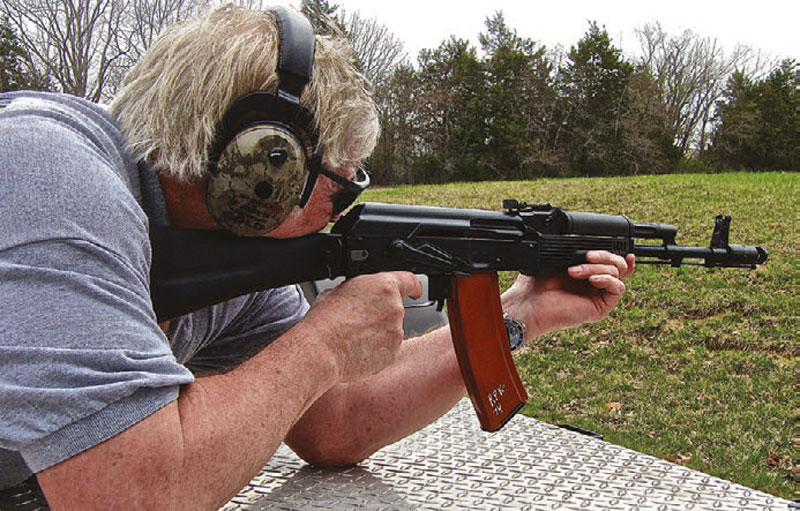
A mutual acquaintance arranged a Sunday morning shooting session to which the Russian brought along an AK-74, AKS-74, and AKSU, plus a case of 5.45x39mm ammo.
By the time we were finished, I had shot up the entire case of ammo. I liked the AK-74 and AKS-74, which I found easy to control on full-auto. In fact my wife, who had never fired a rifle before and who weighed only 100 pounds, was able to place controlled bursts on a humanoid target at ten meters.
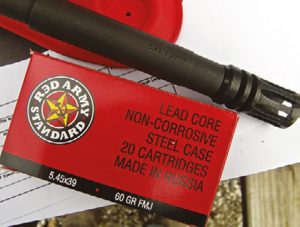
The weapon with which I was really impressed was the AKSU, sometimes called the “Krinkov” in the U.S., though I have never heard that name used by the Russians. Now, 27 years later, I am still impressed with the AKSU, which I have fired whenever I’ve had the chance.
The original Soviet military load for 5.45x39mm weapons was the 7N6. Its boat-tail bullet weighed 52.9 grains and incorporated a 22.2-grain steel penetrator core. There was a hollow cavity in the nose of the jacketed bullet and a lead plug in the base.
This combination of nose cavity and lead in the base reportedly was designed to cause the bullet to tumble in soft tissue, increasing damage. Former Spetsnaz soldiers with whom I talked in Russia assured me they had seen nasty wounds caused by the tumbling bullet.
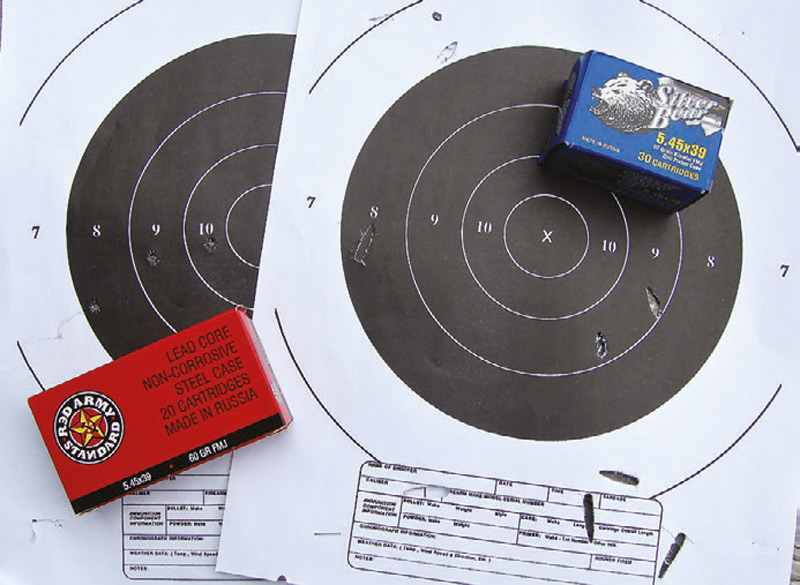
The AK-74 rifle never achieved the wide distribution of its predecessor, the AK-47, but other countries within the Soviet sphere of influence used it. A few manufactured the AK-74, most notably East Germany and Bulgaria.
Various manufacturers have produced semi-auto kit rifles in the U.S. Many of those I have encountered have been based on Bulgarian parts kits. I have a semi-auto AKS-74 built on an ITM Arms receiver that has worked well for me. Some more knowledgeable than I about builds for AK kits prefer other receivers.
In my case, I bought mine when few if any AKS-74 semi-autos were available, so I could stay familiar with the rifle. I have since put 2,000 to 3,000 rounds through it with no problems. I normally do not use corrosive ammo because I don’t want to do a full cleaning every time I shoot it.
I have one other rifle in 5.45x39mm that I shoot—an S&W M&P15R. This version of the M&P was discontinued after a few years, I believe because of lack of sales. At the time I purchased mine, 5.56x45mm ammo was very expensive and 5.45x39mm was available for about half as much.
Since I bought non-corrosive 5.45x39mm ammo in bulk, I used it in the M&P15R. It was excellent for training with the AR at a more reasonable price. But some of the Silver Bear Russian ammo did not perform well: The bullets tumbled and went through paper targets sideways at 25 yards.
My M&P15R does perform reliably and accurately with Century Red Army Standard 5.45x39mm ammo. The Russian ammo that did not perform well in my M&P15R works fine in my AKS-74, so until I get a chance to do more testing, I reserve the Red Army Standard for the M&P. The Red Army standard is also the most accurate 5.45x39mm ammo I’ve used.
I originally became interested in shooting 5.45x39mm weapons because they were different and few shooters in the U.S. had had a chance to handle them. I acquired my AKS-74 because I was still occasionally working in places where this weapon might turn up, though the AK-47 was more likely to be encountered.
I also admit that I have spent quite a bit of time studying Russian airborne troops, prime users of the AKS-74, which lent it some panache for me. I started shooting the M&P15R for the simple reason that I wanted the ability to train with an M4 that I could shoot more cheaply.
Currently, 5.56x45mm ammo is still reasonably priced, though not as good as it once was—but what is?
I shoot my M&P15R every couple of months. If I put 200 rounds through it, I probably save about $20 over what it would have cost to shoot M193 in one of my 5.56x45mm M4s. That’s partially because I shoot the higher quality and more expensive Red Army Standard ammo.
I don’t get a chance to shoot an AKSU much, but I still rate it one of the best rifle-caliber carbines. I always recommend an AKSU or one of the others to security teams over pistol-caliber SMGs.
For someone living in the U.S., I normally recommend a 5.56x45mm, 7.62x51mm, or 7.62x39mm combat rifle above the 5.45x39mm.
Even when cost is a consideration, the 7.62x39mm rifle and ammo combo is probably a simpler and more effective choice. I guess for a prepper who foresaw a Red Dawn scenario in which Russian Desantniki would be dropping in, the AKS-74 might make sense, so he could use their captured ammo and magazines!
I mainly recommend the 5.45x39mm round and a semi-auto version of the AK-74 or AKS-74, or a registered SBR semi-auto version of the AKSU as a chance to know the weapons of our long-time rivals.
